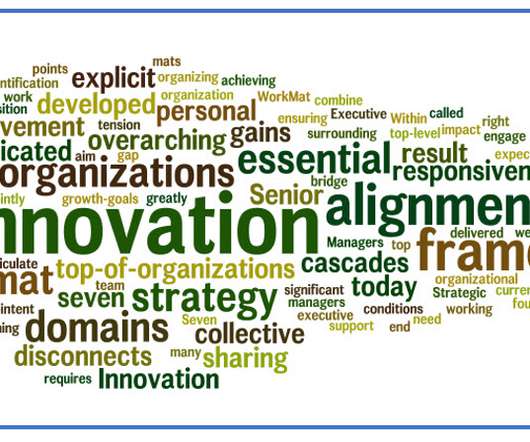Innovation cannot expand without the 4th Industrial Revolution
Paul Hobcraft
SEPTEMBER 2, 2018
To do this, technology adoption and diffusion across the ecosystem needs to improve dramatically. this reluctance to embrace a new digitally connected world is feeding the “seeds of destruction” Customers expect rapid response, reduced delays, tailored designs and greater engagement.





















Let's personalize your content